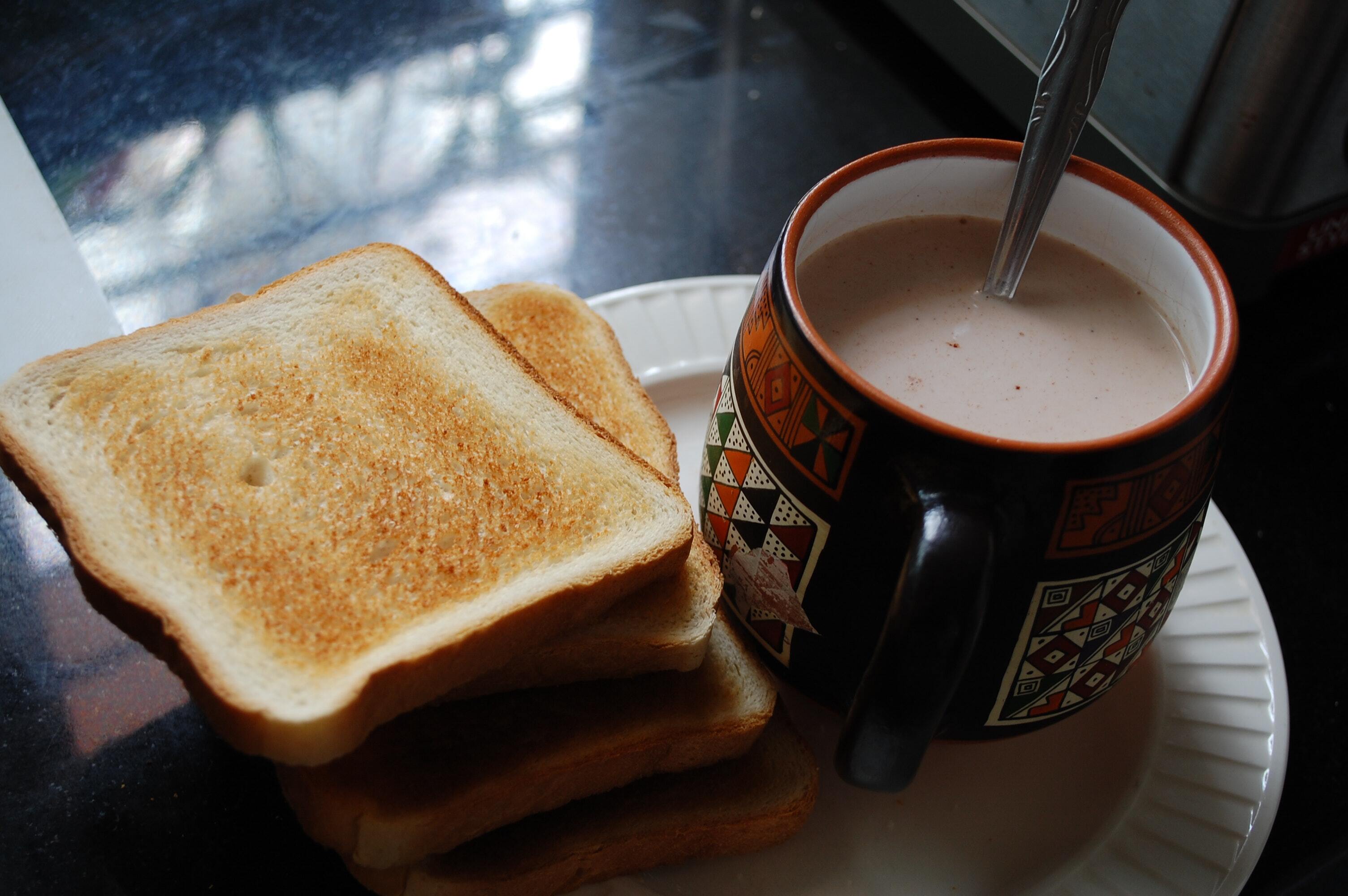Singapore
Introduction of Singapore
Summary/synopsis
Singapore officially the Republic of Singapore, is a sovereign island city-state in maritime Southeast Asia. It lies about one degree of latitude (137 kilometres or 85 miles) north of the equator, off the southern tip of the Malay Peninsula, bordering the Straits of Malacca to the west, the Riau Islands to the south, and the South China Sea to the east. It has the second greatest population density in the world. There are four official languages of Singapore: English, Malay, Chinese, and Tamil; with English being the lingua franca. Multiracialism is enshrined in the constitution, and continues to shape national policies in education, housing, and politics.

Culture
The Singaporean population consists of people of different races, religions and race, including Chinese, Malay, Indians and other races. The population ratio is stable at 75:13:9:3.Singapore celebrate “Racial Harmony Day” on 21st July each year. Its origin from July 21, 1964, when 25,000 Muslims marched after celebrating the birthday of Muhammad on the grasslands of government buildings. Then happen a fought between malay and Chinese and causing 22 deaths and 461 injuries. The government designated July 21 as “Racial Harmony Day” to remind the citizen must be united as one to let the country stay in racial harmony .For more than 50 years, "racial harmony" has been pervasive in social policies and public opinion. The hard-won emphasis on harmony has made Singapore one of the countries that emphasize racial harmony the most in the world.
Cuisine
Most Singaporeans do not cook at home, nor do they have the habit of cooking at home. Because the food in Singapore restaurants is cheap and hygienic relative to the income of the locals. Moreover, every community in Singapore has large food stalls similar to university canteens, which bring together food from various countries and regions. Singapore’s food is characterized by the food cooked by locals, including Chinese food, Indian food and Malay food. The Chinese food here is mainly based on the specialties of Fujian, Guangdong and Hainan. In addition to the original food culture of various ethnic groups In addition, they also influence each other and even merge with new characteristics. Among them, there are also characteristics of Malay cuisine. For example, dishes such as vegetarian curry can be described as unique "Chinese food".
.jpg)


Internship features
Through overseas studies at Nanyang Polytechnic, medical institutions, and community care in Singapore. Students will improve their understanding of health care in different countries, expand their horizons in international health care, and improve nursing professional skills and foreign language communication skills. Students can learn about multicultural care in Singapore, the use of patient-centered health care in individuals, families and communities, clinical nursing conversations, clinical scenario simulation teaching, ethics and the value of nursing professional knowledge such as the discussion of health and community care.
Internship institution
●Nanyang Polytechnic
website:https://www.nyp.edu.sg/
●Kwong Wai Shiu Hospital
website:https://www.kwsh.org.sg/en/
●Singaore Buddhist Tzu-Chi Foundation
Since 1999, the Singaporean Medical Association has set up a free clinic to provide various medical services. "Day Rehabilitation Center" and "Hospice Care" are also the main service items of the Singaporean Medical Association.
